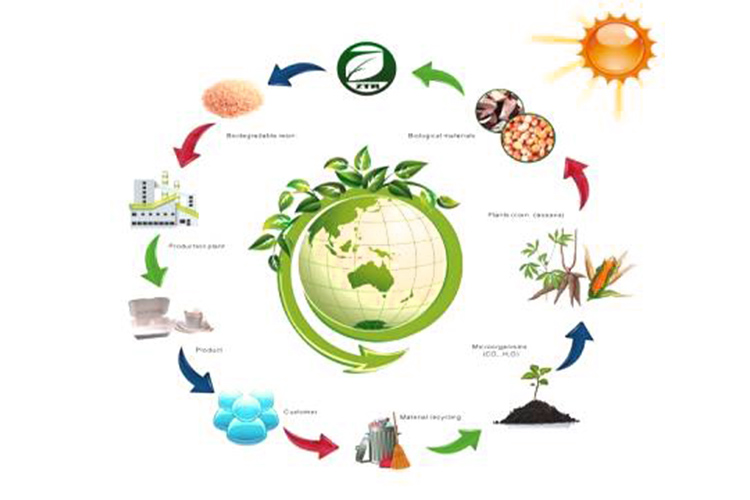Agro-Ecosystem Health: The Foundation of Agriculture

The concept of agro-ecosystem health lies at the heart of sustainable agriculture. It represents the well-being and equilibrium of agricultural systems, where nature, crops, and livelihoods coexist harmoniously. In this blog post, we will delve into the significance of agro-ecosystem health, its principles, and practices that promote sustainable farming.
Understanding Agro-Ecosystem Health
An agro-ecosystem encompasses all the components of a farm, including the soil, plants, animals, and the surrounding environment. The health of this system is critical because it influences crop productivity, biodiversity, and the overall resilience of agricultural practices.
Key Principles of Agro-Ecosystem Health
- Biodiversity Preservation: Healthy agro-ecosystems thrive on diversity. Encouraging a variety of crops, beneficial insects, and microorganisms creates a balanced and resilient ecosystem.
- Soil Health: The foundation of any agro-ecosystem is healthy soil. Practices like crop rotation, cover cropping, and minimal tillage help maintain soil structure and fertility.
- Natural Pest Control: Promoting natural predators of pests, such as ladybugs and birds, reduces the need for chemical pesticides.
- Water Management: Efficient water management, including proper irrigation and water conservation, ensures a sustainable agro-ecosystem.
Benefits of a Thriving Agro-Ecosystem
- Increased Productivity: A well-balanced agro-ecosystem often leads to higher crop yields due to improved soil fertility and natural pest control.
- Resilience to Climate Change: Agro-ecosystems that prioritize diversity and soil health are more resilient to extreme weather events and changing climate conditions.
- Reduced Input Costs: Minimizing the use of synthetic inputs like fertilizers and pesticides can lead to cost savings for farmers.
- Biodiversity Conservation: Healthy agro-ecosystems provide habitat and sustenance for various wildlife, contributing to biodiversity conservation.
Practices for Enhancing Agro-Ecosystem Health
- Crop Rotation: Alternating crops in a field helps break pest cycles and improve soil health.
- Cover Cropping: Planting cover crops during off-seasons prevents soil erosion, improves soil structure, and adds organic matter.
- Integrated Pest Management (IPM): IPM combines various pest control strategies, emphasizing the use of natural predators and minimizing pesticide use.
- Organic Farming: Organic practices prioritize soil health, biodiversity, and reduced chemical inputs.
- Agroforestry: Integrating trees and shrubs into agricultural systems enhances biodiversity and provides additional income through timber and non-timber forest products.
- Conservation Tillage: Reducing or eliminating tillage minimizes soil disturbance and improves water retention.
Investing in Agro-Ecosystem Health
Promoting agro-ecosystem health requires a shift in agricultural practices and mindsets. Farmers, researchers, and policymakers must work together to create an environment where sustainable farming is not just an option but a necessity. Support for research and education on agro-ecosystem health is essential for driving positive change.
In conclusion, agro-ecosystem health is the cornerstone of sustainable agriculture. By prioritizing principles and practices that nurture the well-being of our agricultural systems, we can ensure a future where food production is not only sufficient but also in harmony with nature. The path to sustainable agriculture begins with a commitment to agro-ecosystem health, and it’s a journey we must all undertake for the well-being of our planet and future generations.

